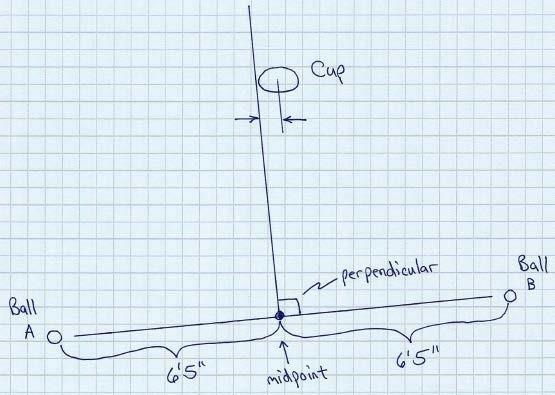
Mastering Golf: The Perfect Blend of Geometry and Kinematics
Golf enthusiasts are constantly seeking ways to improve their game and enhance their skills on the course. One crucial aspect of golf performance that often gets overlooked is the application of geometry and kinematics in the sport. By understanding and implementing these concepts, players can achieve increased accuracy, distance, and consistency in their shots.
Geometry plays a fundamental role in golf, particularly when it comes to understanding the angles and shapes involved in a successful swing. The geometry of the golf swing can be broken down into various components, such as the clubface angle, swing path, and impact angle. By analyzing these geometric factors, players can fine-tune their technique to achieve optimal results.
For instance, the angle of the clubface at impact significantly influences the direction and trajectory of the ball. A slight adjustment in the clubface angle can result in a drastic change in the ball’s flight path. By leveraging geometric principles, players can identify and correct inconsistencies in their swing to achieve more accurate and reliable results on the course.
Kinematics, on the other hand, refers to the study of motion without considering its causes. In the context of golf, kinematics plays a crucial role in analyzing the movement patterns of the body and the club during a swing. By applying kinematic principles, players can optimize their movements to generate more power and speed in their shots.
One key aspect of kinematics in golf is the concept of angular velocity. Angular velocity refers to the rate at which an object rotates around a specific axis. In the case of a golf swing, understanding and controlling the angular velocity of the club can result in increased distance and consistency in shots.
Furthermore, the study of kinematics can also help players improve their timing and coordination during the swing. By analyzing the sequence of movements and the transitions between different phases of the swing, players can identify areas for improvement and enhance their overall performance on the course.
In conclusion, the application of geometry and kinematics in golf is essential for players looking to elevate their game to the next level. By understanding the geometric principles that govern the golf swing and leveraging kinematic analysis to optimize movement patterns, players can enhance their accuracy, distance, and consistency on the course. By incorporating these concepts into their practice and training regimen, golfers can unlock their full potential and achieve peak performance on the greens.
